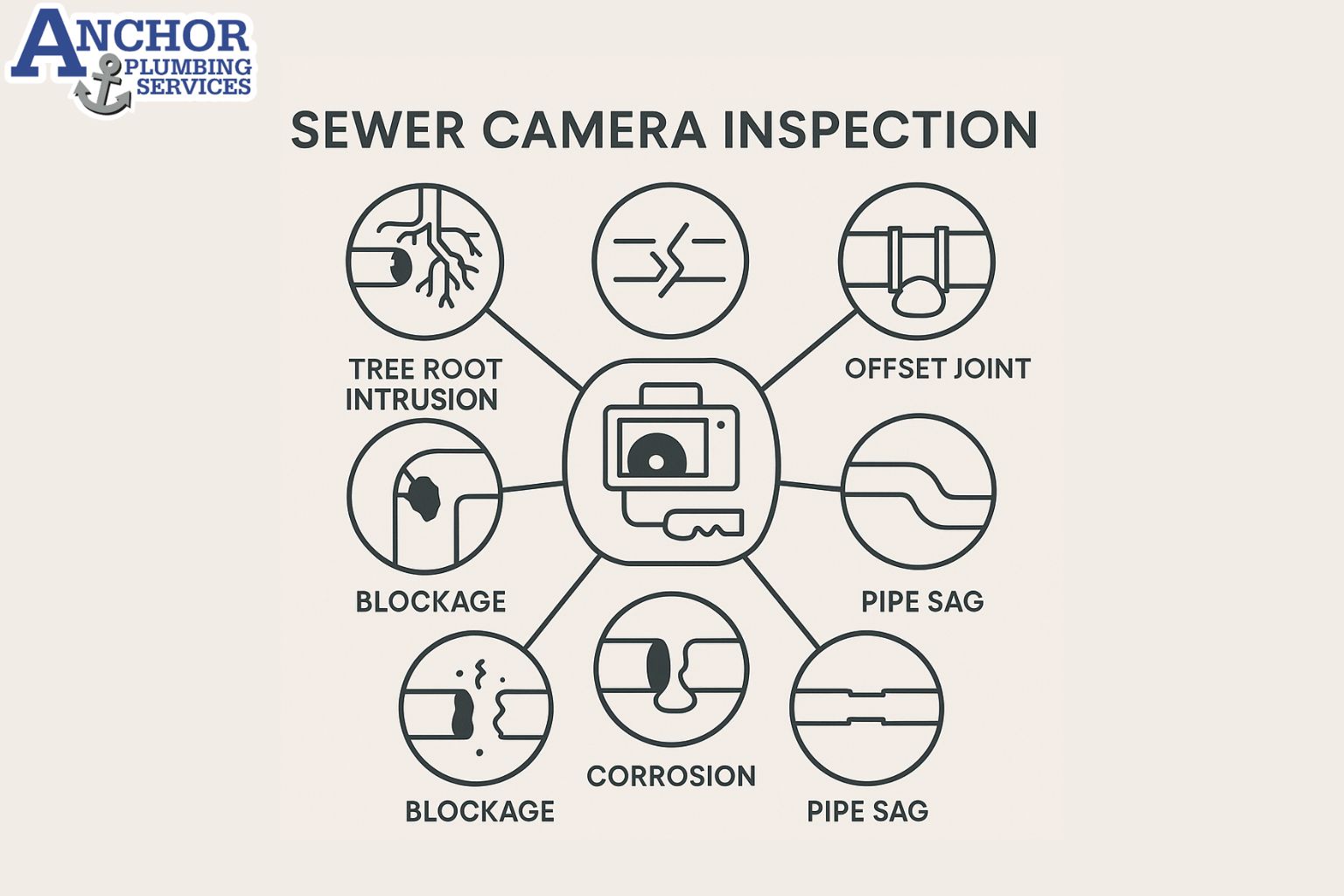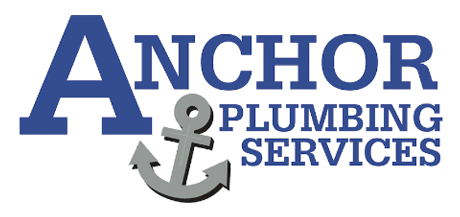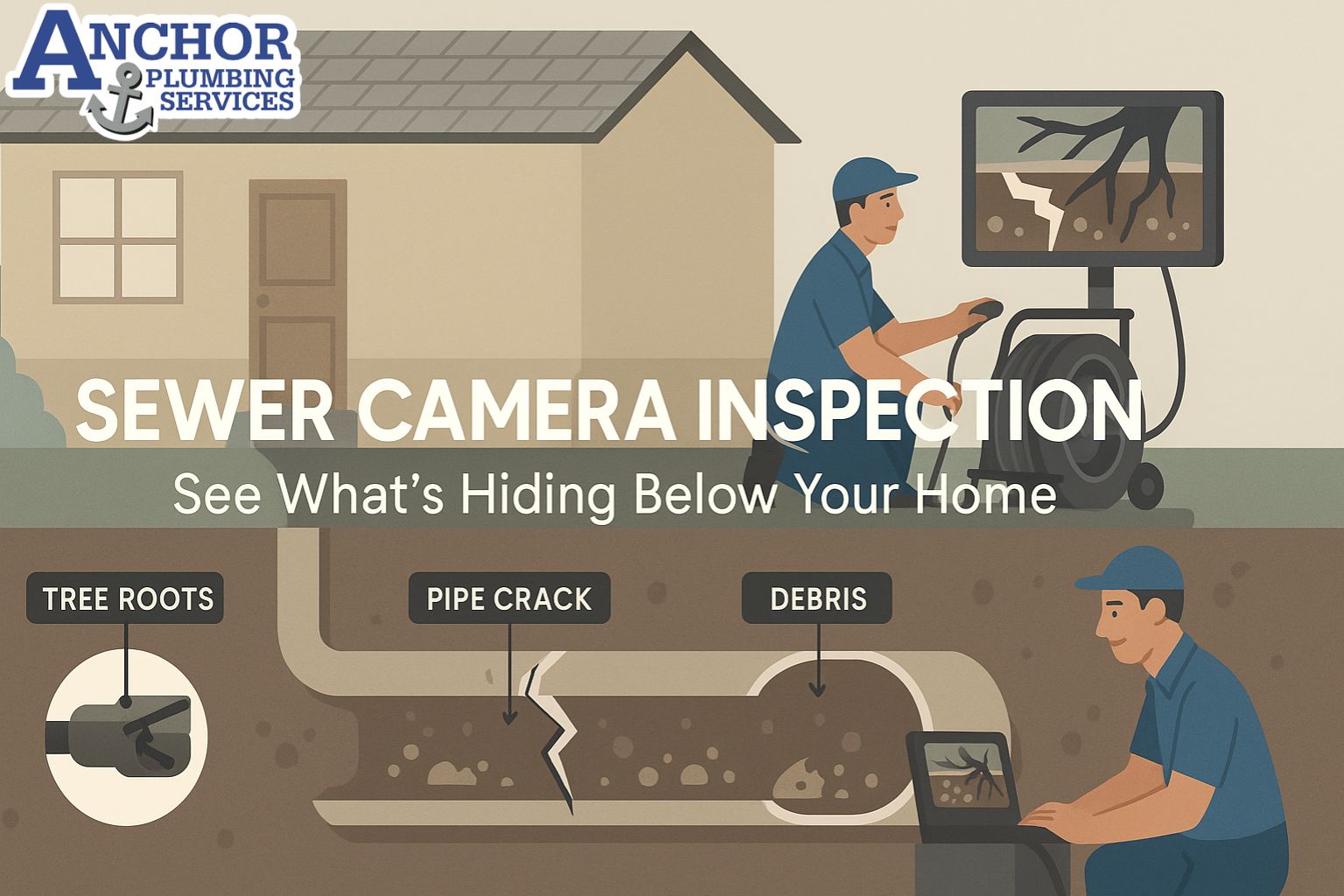Sewer camera inspections are non-invasive diagnostic procedures used to visually assess the condition of underground residential sewer lines. This process involves inserting a high-resolution camera scope into the pipe system, allowing plumbers to identify hidden issues such as cracks, clogs, root intrusions, and pipe misalignment without digging.
As residential plumbing systems age, problems like corrosion, debris buildup, and structural shifts become more frequent. Homeowners often notice warning signs—slow drains, foul odors, or recurring backups—before any visible damage appears. Sewer camera inspections provide a way to pinpoint the cause quickly and accurately.
This inspection method is commonly used during real estate transactions, major remodeling projects, or prior to scheduling trenchless repairs. It ensures a clear view of pipe condition and flow performance before committing to repair or replacement.
This article covers how sewer camera inspections work, what issues they reveal, and when to schedule residential plumbing services.
What Is a Sewer Camera Inspection and How Does It Work?
A sewer camera inspection is a video-based diagnostic procedure used to examine the internal condition of your wastewater drainage system. The process begins by inserting a waterproof camera head through a cleanout port—an access point that connects directly to your home’s main sewer line.
Once inside, the flexible cable carries the camera through pipe bends, joints, and long segments. The live video feed displays on an external inspection monitor, allowing technicians to identify visible issues in real time.
Modern sewer scopes feature LED lighting, pan-and-tilt lenses, and distance-tracking capabilities. These tools help locate obstructions, cracks, and structural shifts with precision—often within inches of the problem spot.
The typical inspection lasts 30 to 60 minutes and can cover up to 100 feet of pipe using high-definition footage.
When the inspection is complete, many plumbing professionals provide either a saved video file or a written report detailing any faults found.
What Problems Can a Sewer Camera Detect?

A sewer camera inspection reveals a wide range of structural and flow-related problems inside residential sewer pipes. The camera transmits high-resolution footage that allows plumbers to pinpoint the exact location and severity of internal damage.
Common issues include:
- Tree root intrusion: Roots enter through small cracks or joints and expand, disrupting flow and damaging pipe walls.
- Pipe cracks: Fractures often form in older clay or cast iron pipes due to soil pressure or corrosion.
- Offset joints: Shifting soil can displace pipe segments, causing misaligned connections that trap debris.
- Pipe bellies: Sagging sections in the line where water and solids collect, often from poor slope or soil compaction.
- Corrosion: Especially in cast iron pipes, where internal rust reduces diameter and weakens pipe strength.
- Blockages: Accumulated grease, wipes, or debris can form full or partial clogs that restrict flow.
Sewer camera inspection tools measure blockage length, damage severity, and exact depth, helping diagnose problems without excavation.
When Should You Schedule a Sewer Camera Inspection?
Homeowners should consider a sewer camera inspection when early warning signs appear. These include:
- Recurring drain clogs, especially across multiple fixtures
- Gurgling toilets or slow-draining tubs
- Foul odors near drains, often caused by trapped gas or sewage buildup
- Water backing up into floor drains
- Before buying or remodeling a home to avoid surprise repair costs
“A camera inspection is most effective either before or after a professional drain cleaning, depending on whether blockage or structural damage is suspected.”
Attributes such as drainage speed, frequency of clogs, and home age help determine whether inspection is necessary. In older neighborhoods, yearly inspections can prevent unexpected failures.
Can a Sewer Camera Inspection Be Used for Repairs?
Yes. Sewer camera inspections are a vital planning tool for repair strategies like trenchless relining, hydro jetting, or targeted excavation.
The camera shows:
- Exact location of damage or obstruction
- Depth of the pipe from ground level
- Length of damaged segment
- Type of failure (crack, root, sag, joint separation)
“Locator beacons attached to the camera allow plumbers to mark the problem area above ground with high accuracy.”
This data reduces the need for full trenching, enabling minimally invasive repairs with lower cost and shorter downtime. It also verifies pipe condition before applying pipe lining or structural patching.
What Does a Sewer Camera Inspection Not Detect?
While sewer camera inspections are effective for visual diagnostics, they have specific limitations. The camera can only detect issues visible from inside the pipe lumen.
It cannot detect:
- Leaks outside the pipe (e.g., from loose fittings or groundwater intrusion)
- Water quality problems like bacterial contamination or mineral content
- Ventilation issues in vertical plumbing vents that don’t carry wastewater
- Structural issues above or around the pipe (e.g., settling soil or slab cracks)
Camera inspections are line-of-sight tools — they cannot sense moisture behind walls or identify pipe bursts that occur outside the main sewer route.
Technicians may recommend additional tools like smoke tests, hydrostatic testing, or leak detection sensors for comprehensive diagnostics.
How Much Does a Sewer Camera Inspection Cost?
A sewer line camera inspection typically costs between $150 and $500 depending on location, pipe length, and whether the inspection is bundled with other services.
In most cases, the inspection includes:
- A live video feed during the procedure
- A digital recording of the inspection (USB, cloud link, or DVD)
- A written report or verbal summary highlighting defects, blockage points, and recommendations
In San Antonio, most residential sewer inspections range from $200 to $350, with higher costs for longer pipe runs or post-clog verification.
Some plumbers offer inspections as part of a diagnostic package when combined with hydro jetting or repair estimates.
Is Sewer Camera Inspection Common in San Antonio?
Yes. Sewer camera inspections are increasingly common in San Antonio due to aging infrastructure, expansive clay soil, and dense tree-lined neighborhoods where root intrusion and pipe shifting are frequent.
Key factors increasing inspection demand:
- Homes built before 1980 with cast iron or clay pipes
- Foundation shifts due to dry–wet soil cycles in Central Texas
- High tree density increasing root-related blockage risk
- SAWS inspection compliance for certain sewer connections and remodels
“San Antonio Water System (SAWS) encourages homeowners to maintain private sewer laterals to prevent infiltration and overflow,” according to local guidelines.
Permits are not usually required for non-invasive inspections, but repair work identified through inspections must follow city code and permitting rules.
Frequently Asked Questions
Is a sewer camera inspection worth it?
Yes. A sewer camera inspection provides accurate visual diagnostics of hidden pipe issues, helping prevent costly repairs and misdiagnosed problems.
Does sewer camera inspection show leaks?
No. It detects visual damage inside the pipe, but it cannot detect external or subsurface leaks outside the pipe walls.
Can I rent a sewer camera and do it myself?
Yes, but professional inspections offer better results. DIY cameras may lack locator beacons, video clarity, or sufficient cable length.
Conclusion
Sewer camera inspections offer a non-invasive, accurate way to diagnose underground plumbing problems such as blockages, cracks, root intrusion, and pipe sagging. They help homeowners understand the internal condition of their sewer lines before costly damage occurs.
If you suspect recurring clogs, foul odors, or slow drainage, a video inspection can guide next steps. Anchor Plumbing Services offers licensed sewer line repair backed by years of residential expertise in San Antonio.


